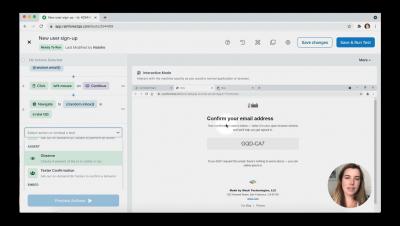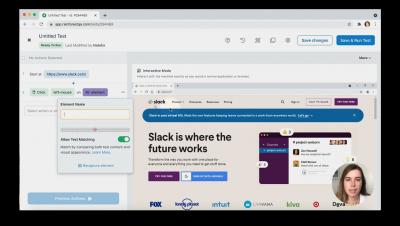Systems | Development | Analytics | API | Testing
Rainforest
How to Write a Test Plan: Free Template and a 6 Step Guide
A test plan outlines the objectives, methods, organization, and success criteria for testing a specific feature of a web application or other software project. A good test plan contains all the information you need to write automated tests and will help direct your efforts so you don’t waste time creating unnecessary tests. Here is the test plan template we use with our clients.
Manual vs. Automated Testing: A Practical Guide
Both manual and automated testing have their place in the software development lifecycle. Understanding the pros and cons of each testing method — and the tools available for each — will help you find the most effective balance for your team.
A Practical Guide to Automated Testing Strategy: Benefits, Best Practices, and More
An automated testing strategy answers the who, what, when, why, and how of software test automation. While automation can be used for many kinds of software testing, in this post, we’re going to focus on the steps you should take when developing a strategy for functional UI testing (also known as end-to-end testing). End-to-end testing simulates real user conditions to test the functionality of an application from the front-end user interface.
Automated UI Testing: Stop Using Code to Test Code
The goal of automating UI testing is to speed up the software release process and help developers catch front-end bugs sooner and fix them faster. The potential benefits of automated UI testing for web applications are huge: Most software companies do UI testing by asking developers or QA engineers to write test scripts to test the front-end of the application within a web browser. The most popular automation frameworks are Selenium and Cypress.
From 3 Weeks to 3 Hours: How Signagelive Sped up Regression Testing by Switching to Automation
In early 2016, Signagelive—a digital signage company—had an informal approach to QA. When developers had time, they performed a few manual tests ahead of each software release and hoped for the best. This allowed the company to focus on growth and building new features, but the company reached a point where the number of bugs clients found was unacceptable.









